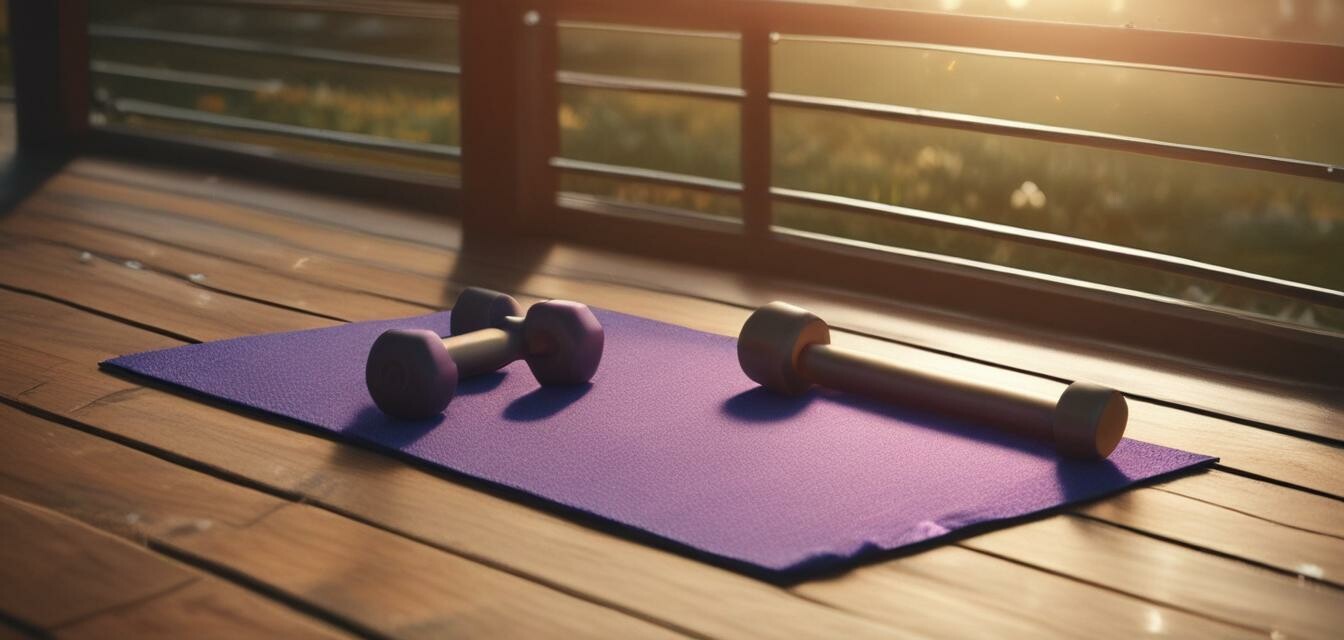
Stretching and Warm-Up Techniques for Senior Lifters
Key Takeaways
- Effective stretching and warm-up can enhance safety and performance for seniors.
- Focus on flexibility and mobility to prevent injuries.
- Incorporate specific warm-up exercises tailored for strength training.
- Establish a consistent routine to improve overall strength training experience.
As seniors engage in strength training, it becomes crucial to prioritize safety and preparation. Proper stretching and warm-up techniques can significantly enhance performance and prevent injuries. In this article, we'll explore various methods that seniors can adopt to ensure they are adequately prepared for their lifting journey.
Why Stretching and Warm-Up Matter
Before diving straight into weightlifting, it's vital to understand the importance of stretching and warm-up exercises. They serve several critical functions, especially for seniors:
- Increases Blood Flow: Helps to gradually increase heart rate and warm up muscles.
- Improves Flexibility: Enhances the body's range of motion.
- Reduces Risk of Injury: Prepares the muscles and joints for the workout ahead.
- Boosts Performance: Helps in achieving better strength training results.
Effective Stretching Techniques
Incorporating stretching into your warm-up routine can significantly benefit your body. Here are some effective stretching techniques suitable for seniors:
| Stretch Type | Description | Duration |
|---|---|---|
| Static Stretching | Holding a stretch for a period of time to improve flexibility. | 15-30 seconds per stretch |
| Dynamics Stretching | Gentle movements that mimic the exercise to be performed. | 5-10 minutes |
| PNF Stretching | Contracting and relaxing your muscles while stretching to improve flexibility. | 15-30 seconds per stretch |
Static Stretching Exercises
Static stretching is one of the safest methods, and it can enhance flexibility:
- Hamstring Stretch: Sit and reach for your toes.
- Upper Body Stretch: Raise your arms and stretch to the sides.
- Shoulder Stretch: Pull one arm across your body and hold.
Dynamics Stretching Exercises
This method incorporates more movement to warm up muscles effectively:
- Leg Swings: Swing your legs forward and backward while holding onto a chair.
- Arm Circles: Extend your arms and make circles to warm up the shoulders.
- Torso Twists: Stand and gently twist your torso side to side.
Warm-Up Techniques for Strength Training
Once you've warmed up your muscles with stretches, it's time to engage in specific warm-up exercises tailored for strength training:
- Bodyweight Squats: Start with bodyweight movements to activate major muscle groups.
- Resistance Band Exercises: Use light resistance bands to prepare for weightlifting.
- Light Dumbbell Exercise: Perform light lifts with dumbbells to further warm up your arms.
Sample Warm-Up Routine
Here is a simple warm-up routine that seniors can follow before their strength training sessions:
| Exercise | Duration |
|---|---|
| Dynamic Stretching | 5 minutes |
| Bodyweight Squats | 2 sets of 10 reps |
| Resistance Band Rows | 2 sets of 10 reps |
| Light Dumbbell Shoulder Press | 2 sets of 10 reps |
Cool Down After Lifting
After completing your strength training session, take the time to cool down properly. Here are some effective cooling down techniques:
- Static stretching: Focus on stretching the muscles you worked on.
- Deep breathing exercises: Helps to gradually lower heart rate.
- Gentle walking: Walk slowly for a few minutes to normalize your heart rate.
Pros
- Improves flexibility and range of motion.
- Reduces the risk of injury during workouts.
- Enhances overall performance and results.
Cons
- May require discipline to implement consistently.
- Some exercises may not be suitable for all seniors.
Staying Safe During Warm-Up and Stretching
While stretching and warming up, it's vital to keep safety in mind:
- Listen to your body; if something feels wrong, stop immediately.
- Avoid bouncing stretches that could lead to strains.
- Consult with a fitness professional if uncertain about techniques.
Conclusion
Stretching and warm-up techniques play an essential role in the strength training journey of seniors. By adopting effective methods and staying mindful of safety, seniors can enjoy a more fulfilling and productive exercise experience. Incorporate these practices into your routine to secure your health and well-being as you strength train.
For more on safe and effective strength training practices, explore our Safety Tips for seniors.